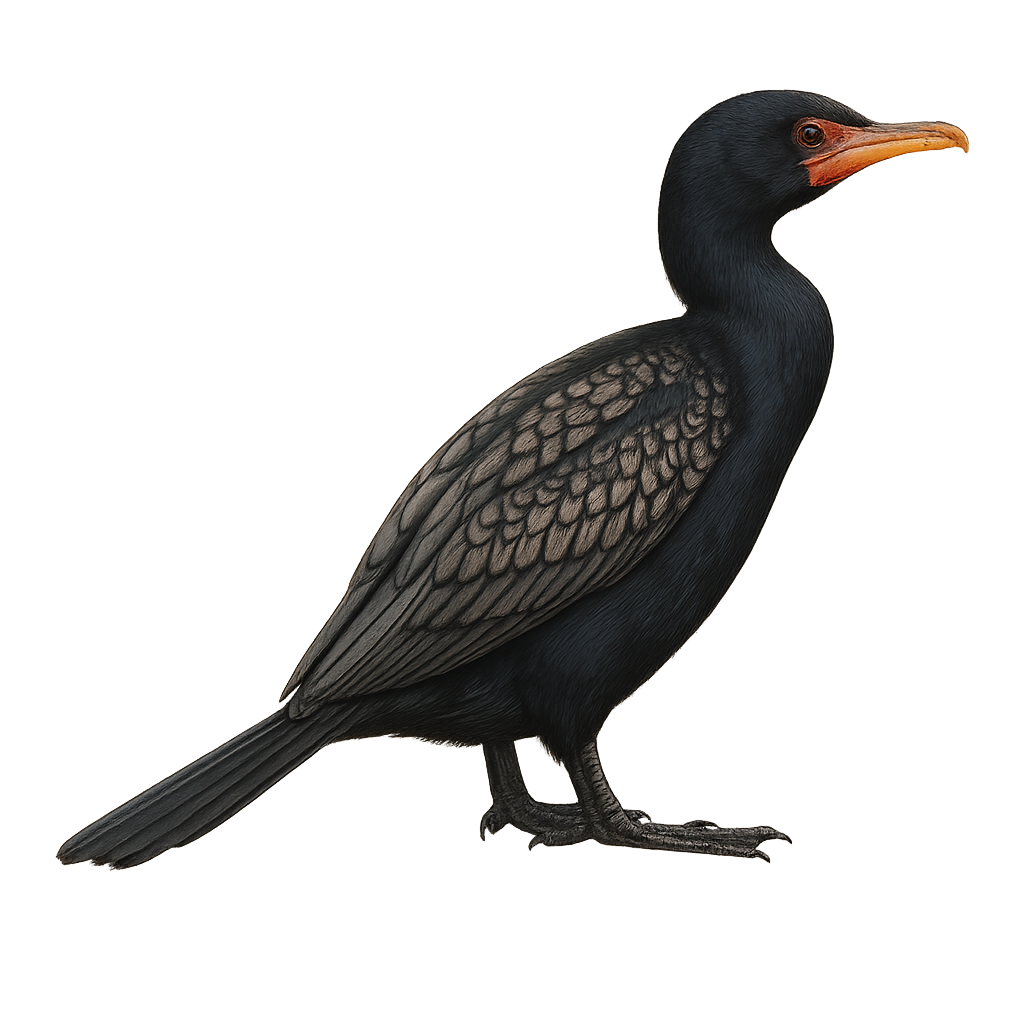Your wildlife photography guide.
Explore the long-tailed cormorant in detail, study its behavior, prepare your shots.
Where to observe and photograph the long-tailed cormorant in the wild
Learn where and when to spot the long-tailed cormorant in the wild, how to identify the species based on distinctive features, and what natural environments it inhabits. The WildlifePhotographer app offers tailored photography tips that reflect the long-tailed cormorant’s behavior, helping you capture better wildlife images. Explore the full species profile for key information including description, habitat, active periods, and approach techniques.
Long-tailed Cormorant
Scientific name: Microcarbo africanus

IUCN Status: Least Concern
Family: PHALACROCORACIDAE
Group: Birds
Sensitivity to human approach: Suspicious
Minimum approach distance: 10 m
Courtship display: October to January
Incubation: 25-28 jours
Hatchings: October to February
Habitat:
Lakes, rivers, marshes
Activity period :
Primarily active during the day, with peak activity in the morning and late afternoon.
Identification and description:
The Long-tailed Cormorant, or Microcarbo africanus, is a medium-sized aquatic bird commonly found in the wetlands of sub-Saharan Africa. It is characterized by its dark plumage and hooked bill, which is perfect for catching fish. This bird is often seen drying its wings in the sun after a dive. It usually nests in colonies on trees or reeds near water. Although primarily piscivorous, it can also feed on small amphibians and crustaceans. Its ability to dive and swim underwater makes it an efficient hunter. The Long-tailed Cormorant plays an important role in the aquatic ecosystem by regulating fish populations.
Recommended lens:
400mm – adjust based on distance, desired framing (portrait or habitat), and approach conditions.
Photography tips:
To photograph the Reed Cormorant, it is advisable to use a telephoto lens of at least 400mm to capture detailed images without disturbing the bird. Approach slowly and discreetly, using the surrounding vegetation as cover. The best photos are often taken early in the morning or late in the afternoon when the light is soft and flattering. Try to capture the bird in action, such as diving or drying its wings. Be patient and wait for the right moment to shoot.
The WildlifePhotographer App is coming soon!
Be the first to explore the best nature spots, track rutting seasons, log your observations, and observe more wildlife.
Already 1 430 wildlife lovers subscribed worldwide

